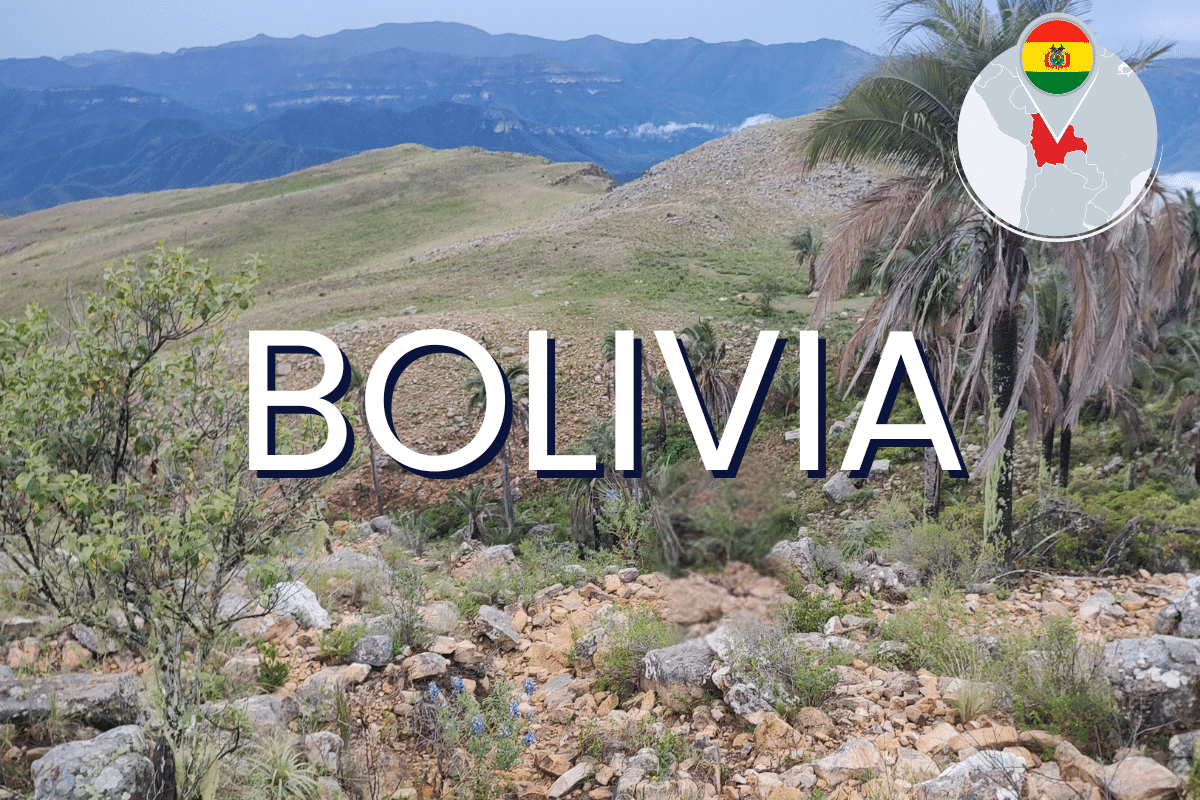
“Catalysts for Change: Voices from TAP-EDM Partnerships” Series
Explore how short-term technical assistance through the TAP-EDM initiative has supported Bolivia’s efforts to strengthen wildfire management across its protected areas. Through a comprehensive training-of-trainers program, the initiative helped build institutional capacity to prevent, combat, and manage wildfires, while fostering greater cooperation among agencies. In this new series, project partners reflect on how targeted expertise supported their efforts.The TAP Program is undertaken with the financial support of the Government of Canada provided through Global Affairs Canada and implemented by Alinea International.
Background
In 2023, engineer Luis Miguel Cruz participated in a transformative journey that would reshape wildfire management across Bolivia’s protected areas. Alongside Jane Park, a Canadian wildfire and vegetation management expert, he ventured into five strategic protected areas—including Tarija, Rurrenabaque, and Santa Cruz to witness firsthand the harsh realities these territories faced. The expedition revealed sobering truths. Jane experienced what park rangers endured daily: grueling treks on foot through remote regions, fighting fires with limited or improvised equipment, and navigating the chaos of poorly coordinated institutional responses. From the beginning, Luis Miguel had insisted on this immersive approach, convinced that only by understanding the local context and ground realities could they design training that truly served the country’s diverse protected areas.
This field experience was more than just observation; it was the foundation of a comprehensive training-of-trainers program under the TAP EDM initiative, funded by Global Affairs Canada. The program’s goal was to strengthen the participating agencies’ capacity to prevent, combat, and manage wildfires, as well as to improve inter-institutional cooperation in wildfire management.
Luis Miguel Cruz’s Story
With four years of experience at SERNAP behind him, Luis Miguel was appointed to coordinate the implementation of the initiative in collaboration with the TAP team. He recalls that, as soon as he took on the role, the instructions were clear:
“When I arrived, the first thing they told me was… this technical assistance is coming, this work is going to take place. So, for that, we need you to do the planning and coordination.”
From that moment on, he took on the responsibility with total commitment.
Rather than simply executing the original plan, Luis Miguel brought his field expertise to propose strategic changes. His vision was bold: decentralize the training sessions to reach more park rangers directly and prioritize permanent field staff over administrative personnel. This approach would ensure that the knowledge gained would remain within the institution and be applied directly in the protected areas.
The results exceeded all expectations. The initiative’s reach doubled from what was initially planned. Instead of training 50 park rangers, the program directly trained 100 field staff, each of whom returned to their area equipped to share what they had learned with their colleagues, creating a powerful multiplier effect that ultimately reached almost all 400 park rangers working across Bolivia’s protected areas. The impact extended far beyond SERNAP. The training rippled outward to community firefighters, Indigenous leaders, and even schools located within protected areas, where children learned safe fire management and responsible controlled burning practices.
Perhaps the most significant transformation occurred in inter-institutional coordination. Before the training, wildfire responses suffered from fragmented efforts and competing approaches. As Luis Miguel candidly recalls:
“Institutionally, we could say one thing, but once in the field… there was no good coordination, there was no good planning… It was as if the protection corps attacked from one side and the armed forces from another.”
The training program helped establish a unified approach and clearly defined roles and responsibilities:
“You lead, in the case of the military, but your operational right-hand when the fire is inside a protected area is the head park ranger of the protected area.”
This transformation proved its worth during the Chiquitanía wildfires in 2023 and 2024. The CECREA (Military Joint Command for Response to Adverse Events) and the park rangers worked under a unified plan, attacking the fire from coordinated fronts instead of working separately.
“We have now managed to build a better coordinated team between both institutions,” stated Luis Miguel.
Conclusion
For Luis Miguel, this experience not only transformed the way he works but also strengthened his technical capabilities, deepened his connection to Bolivia’s precious protected territories, and enhanced his leadership skills. He sums it up this way:
“It was an experience… a planning process… and a piece of work that left us with bonds of friendship and better care for our protected areas.” But perhaps even more telling is his reflection on personal preparedness: “It has helped me a lot to learn and to build my own capacity. If at some point I have to be in another work stage, if there is a need to go and be at a fire, I feel prepared to be there, because I also received the training. Even though I was supporting in a coordination role, I indirectly received the training.”
Today, armed with the knowledge and leadership skills developed through the TAP EDM project, Luis Miguel stands ready to coordinate teams, guide joint strategies, and respond effectively to wildfire emergencies throughout Bolivia’s protected areas. His story demonstrates how thoughtful, context-driven technical assistance, when combined with committed local leadership, can generate profound and lasting change, transforming not only individuals but entire institutional cultures.
